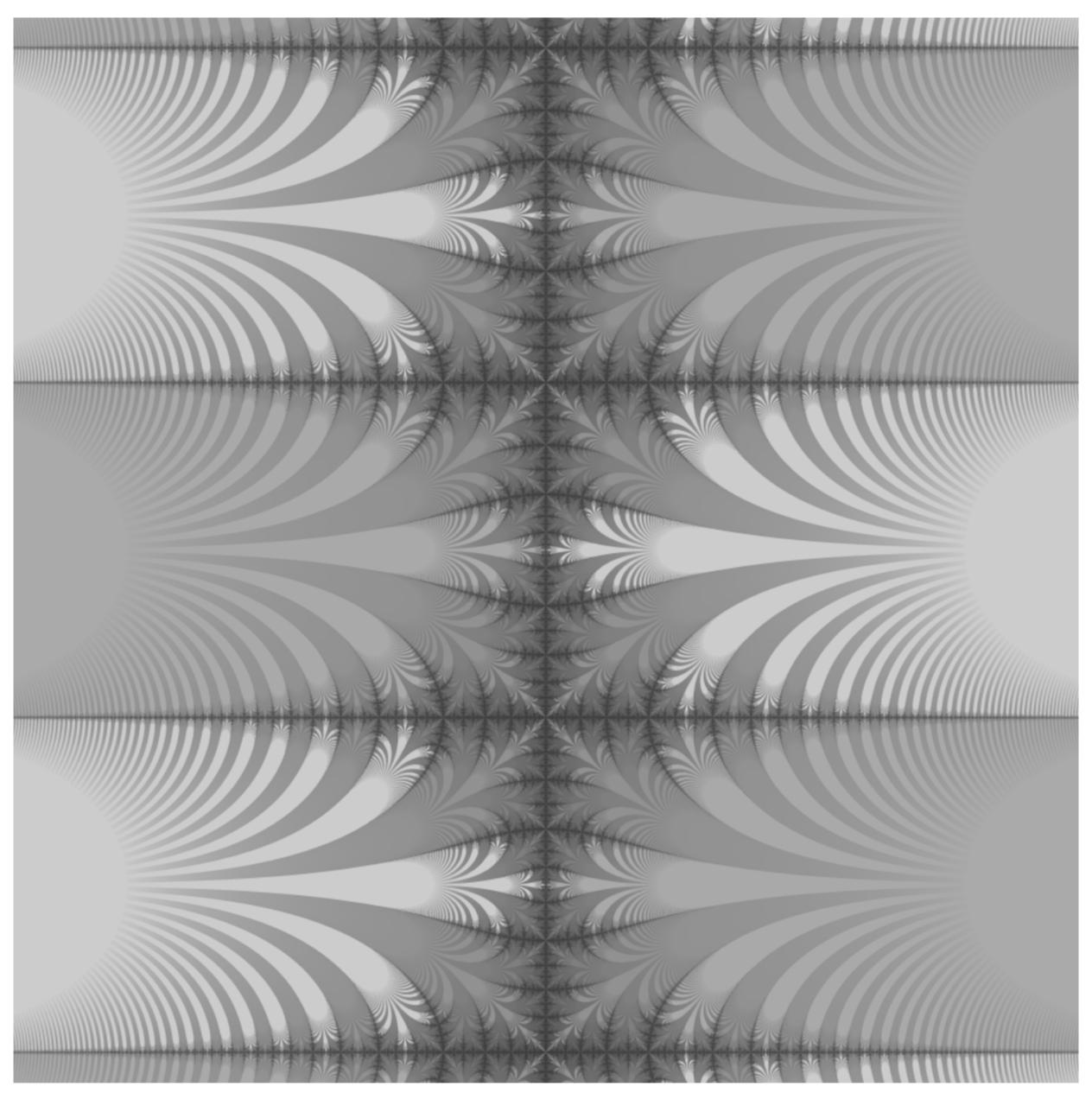Let $\mathbb P$ denote the space of irrational numbers. In an answer to this question, Taras Banakh showed that the perfect images of $\mathbb P$ are precisely the Polish spaces with no compact neighborhoods. Here, perfect means a continuous, closed, surjective mapping with compact point pre-images.
Increasing the dimension slightly, we go from $\mathbb P$ to complete Erdős space $$\mathfrak E_{\mathrm{c}}=\{x\in \ell^2:x_n\in \mathbb P\text{ for all }n<\omega\}.$$ Here, $\ell^2$ is the Hilbert space of square-summable sequences of real numbers.
Question 1. Is every perfect image of $\mathfrak E_{\mathrm{c}}$ homeomorphic to $\mathfrak E_{\mathrm{c}}$?
Question 2. Is $\mathbb P$ a perfect image of $\mathfrak E_{\mathrm{c}}$?

